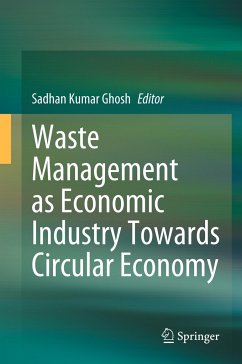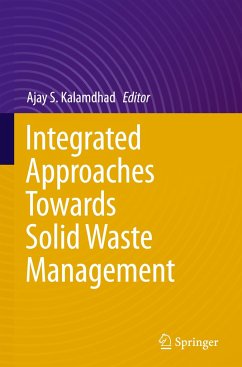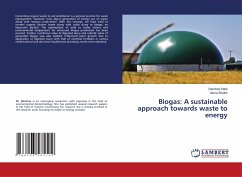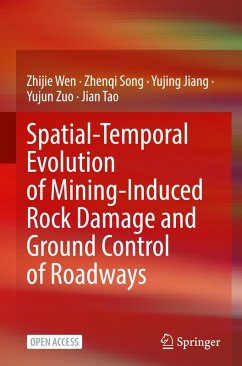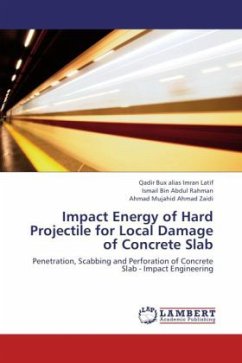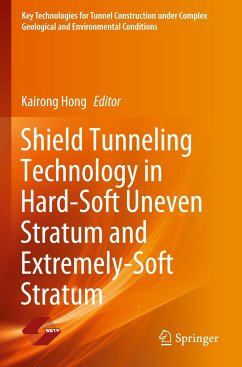
An Integrated Approach towards Ground Water Sustainability and Management for a Hard Rock Terrain

PAYBACK Punkte
0 °P sammeln!
Doctoral Thesis / Dissertation from the year 2020 in the subject Engineering - Civil Engineering, grade: First, Bangalore University / Central College , language: English, abstract: The thesis presents a two-dimensional Risk Assessment Method (RAM) where the assessment of risk to the groundwater resources incorporates both the quantification of the probability of the occurrence of contaminant source terms, as well as the assessment of the resultant impacts. The approach emphasizes the need for a greater dependency on the potential pollution sources, rather than the traditional approach where a...
Doctoral Thesis / Dissertation from the year 2020 in the subject Engineering - Civil Engineering, grade: First, Bangalore University / Central College , language: English, abstract: The thesis presents a two-dimensional Risk Assessment Method (RAM) where the assessment of risk to the groundwater resources incorporates both the quantification of the probability of the occurrence of contaminant source terms, as well as the assessment of the resultant impacts. The approach emphasizes the need for a greater dependency on the potential pollution sources, rather than the traditional approach where assessment is based mainly on the intrinsic geo-hydrologic parameters. The risk is calculated using Monte Carlo simulation methods whereby random pollution events were generated to the same distribution as historically occurring events or a priori potential probability distribution. Integrated mathematical models then simulate contaminant concentrations at the predefined monitoring points within the aquifer. The spatial and temporal distributions of the concentrations were calculated from repeated realisations, and the number of times when a user defined concentration magnitude was exceeded is quantified as a risk. The results of the applications of the method are presented in the form of tables, graphs and spatial maps. Varying the model grid sizes indicates no significant effects on the simulated groundwater head. The simulated frequency of daily occurrence of pollution incidents is also independent of the model dimensions. However, the simulated total contaminant mass generated within the aquifer, and the associated volumetric numerical error appear to increase with the increasing grid sizes.






